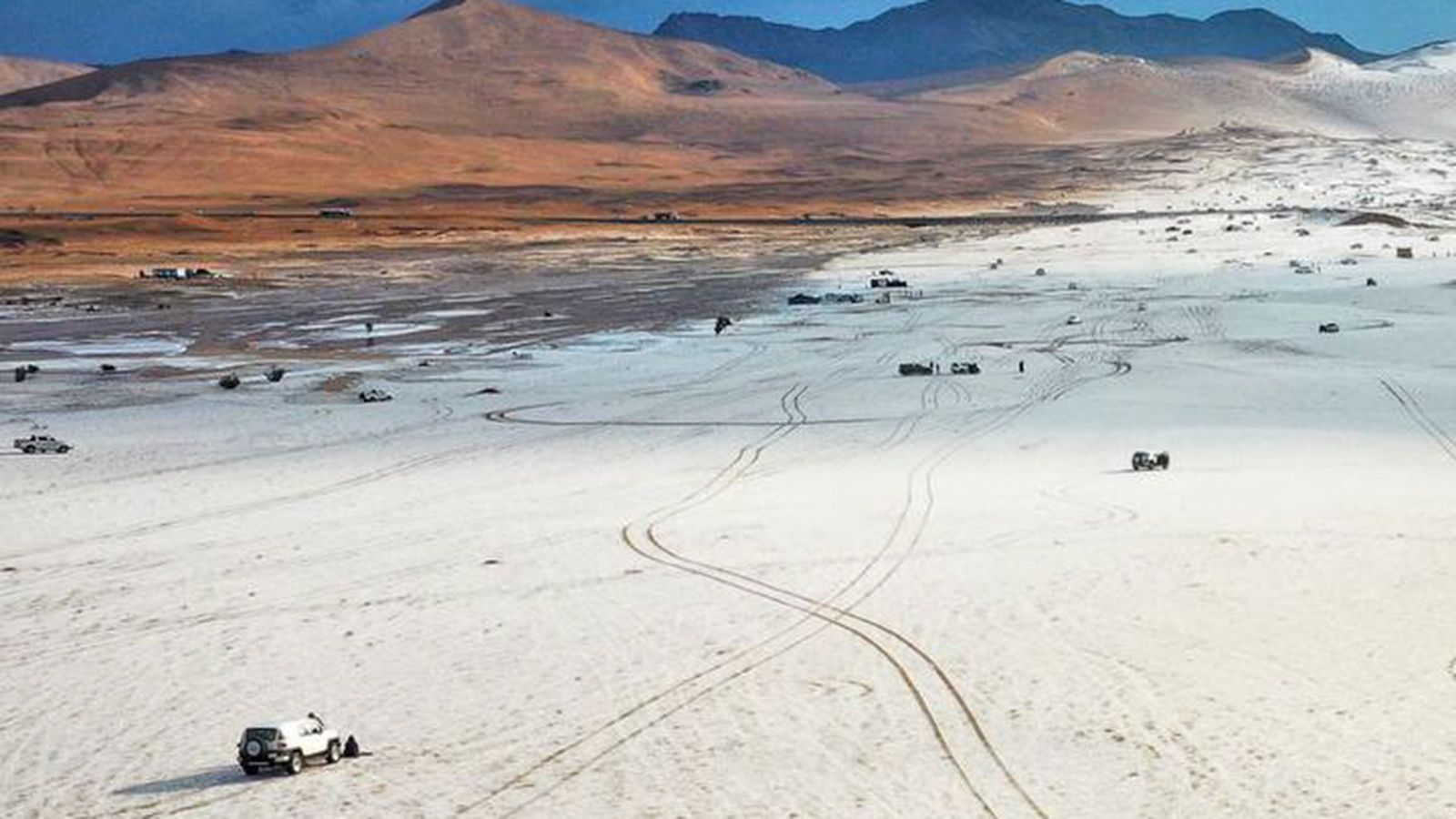When people think of the Middle Eastern desert, images of scorching heat and endless dunes often come to mind. However, these arid regions are not just synonymous with blistering summers; they also experience harsh winters that bring a stark contrast to their usual climate. Understanding the phenomenon of harsh winters in the Middle Eastern desert sheds light on the region’s unique meteorological dynamics and the impact on its inhabitants and environment.
The Climate of the Middle Eastern Desert
The Middle Eastern desert, which spans countries like Saudi Arabia, Jordan, Iraq, and Iran, is characterized by an arid climate with extreme temperatures. During summer, daytime temperatures can soar above 50°C (122°F), making it one of the hottest places on Earth. Conversely, winter temperatures can plummet, especially during the night, dropping to below freezing in some areas.
Causes of Harsh Winters
Several factors contribute to the harsh winters experienced in the Middle Eastern desert:
-
Lack of Moisture: Deserts are defined by their lack of moisture. The absence of significant water bodies means there is minimal water vapor in the air to retain heat. This results in rapid cooling after sunset, leading to significant temperature drops.
-
Clear Skies: The desert’s clear skies allow for maximum heat escape during the night. Without clouds to trap heat, the ground and air cool rapidly, often resulting in freezing temperatures by dawn.
-
Altitude and Topography: Some desert areas in the Middle East, such as those in Iran and parts of Jordan, are at higher altitudes, which naturally experience colder temperatures. The topography can also influence wind patterns, further impacting temperature fluctuations.
Impact on the Environment
The harsh winters in the Middle Eastern desert have several environmental implications:
-
Flora and Fauna Adaptations: Plants and animals in the desert are adapted to extreme conditions. Flora like cacti and succulents can survive by conserving water, while fauna, such as reptiles and small mammals, have developed behaviors like burrowing to escape the cold.
-
Water Availability: Winter can bring occasional rainfall, which is crucial for replenishing water sources. However, when temperatures drop too low, this water can freeze, temporarily affecting the availability for both wildlife and human use.
-
Soil and Landscape: Freeze-thaw cycles can lead to soil erosion and the formation of unique geological features. The expansion and contraction of water within the soil and rocks cause cracks and fragmentation, contributing to the desert’s rugged terrain.
Human Adaptation and Challenges
Inhabitants of the Middle Eastern desert have developed ways to cope with the severe winter conditions:
-
Traditional Housing: Structures are designed to withstand temperature extremes. Thick walls and minimal windows help to insulate homes against both the heat of summer and the cold of winter. Tents used by nomadic tribes are made from materials like goat hair, which provides insulation.
-
Clothing: Traditional attire, such as the heavy woolen cloaks known as ‘abayas’ and layered garments, offer protection against the cold. These clothing choices are essential for both warmth and comfort.
-
Agriculture: Farmers in desert regions must adapt their practices to the harsh climate. Greenhouses and irrigation systems are used to protect crops from frost and ensure a steady water supply.
-
Infrastructure: Modern advancements have led to improved infrastructure, such as insulated water pipes and heated shelters, which help residents better manage winter hardships.
Climate Change and Future Outlook
Climate change poses additional challenges to the already extreme conditions of the Middle Eastern desert. Predictions suggest that temperature fluctuations could become more pronounced, with even harsher winters and hotter summers. These changes could impact water resources, agriculture, and overall livability.
-
Water Scarcity: Increased evaporation rates during hotter summers could reduce water availability, while unpredictable winter precipitation patterns could further strain water resources.
-
Agricultural Stress: Crops may face increased stress from temperature extremes, necessitating more resilient farming techniques and crop varieties.
-
Human Health: Extreme temperature swings can affect human health, particularly for vulnerable populations. Increased incidences of respiratory issues and hypothermia during cold spells are concerns.
Conclusion
Harsh winters in the Middle Eastern desert highlight the region’s climatic extremes and the resilience of its environment and people. As climate change continues to influence weather patterns, understanding and adapting to these seasonal variations will be crucial for the sustainable development of these desert regions. The stark contrast between the searing summer heat and the biting winter cold serves as a reminder of the desert’s complex and multifaceted nature.


